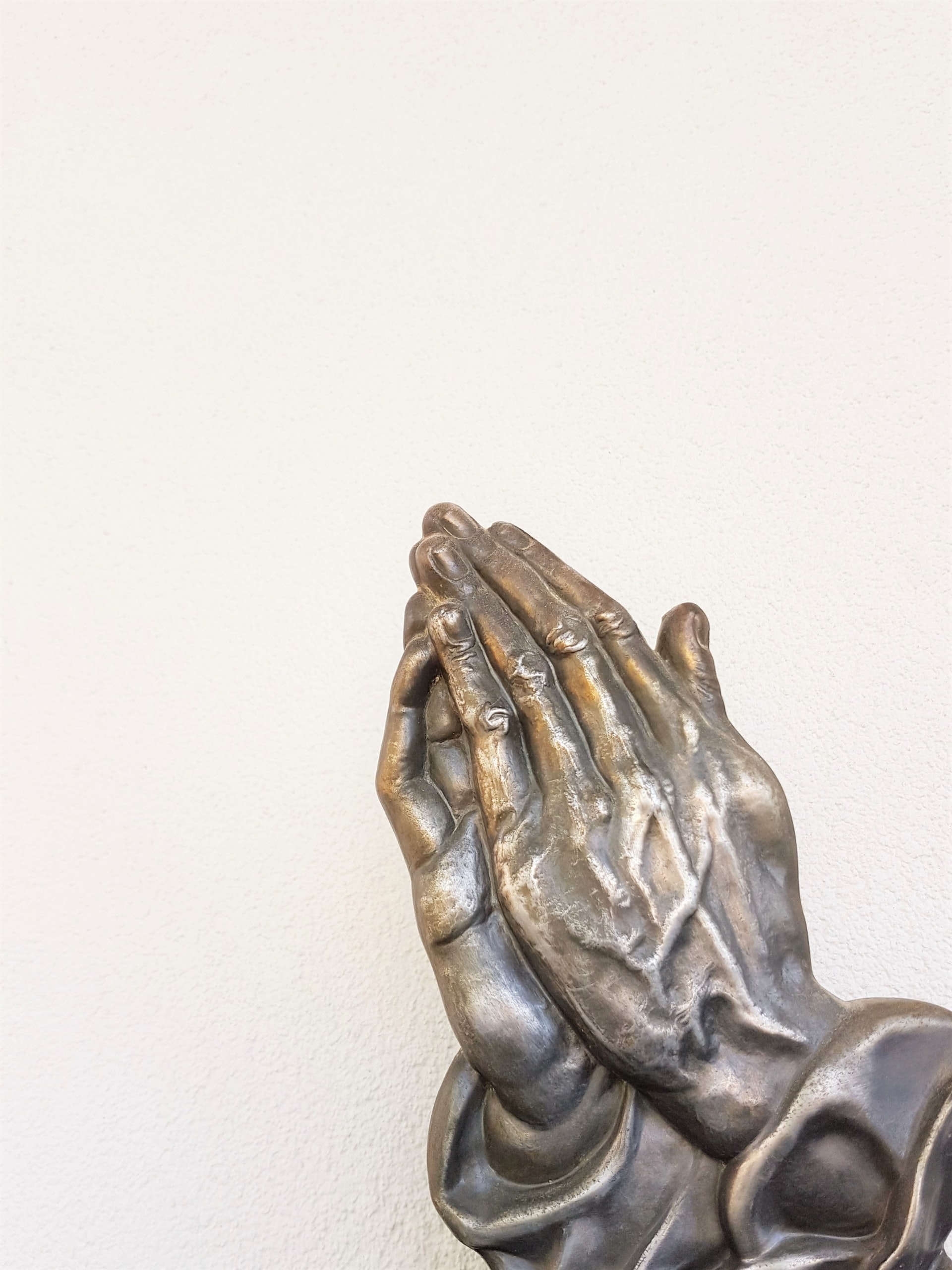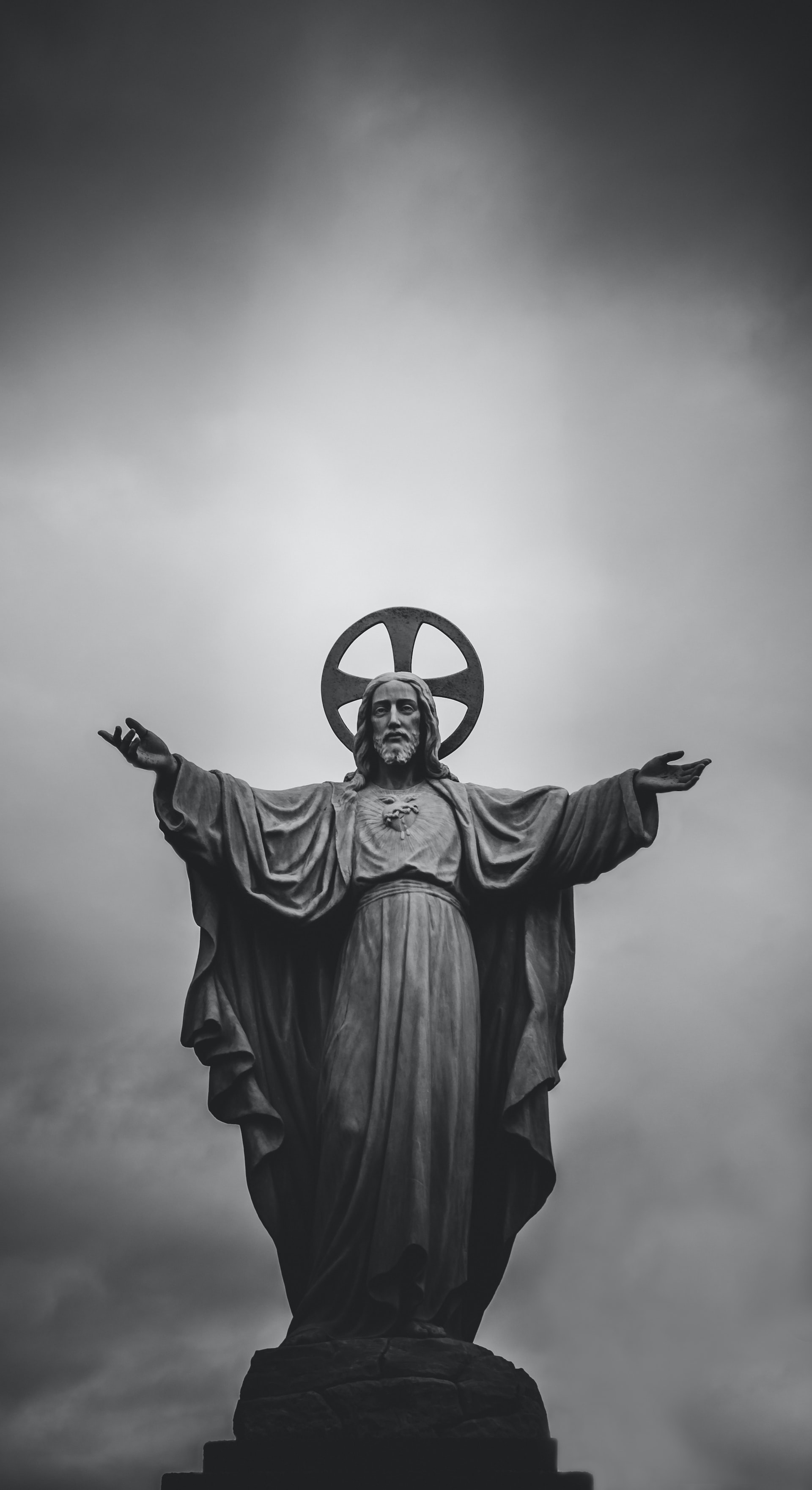Religion Journalism In America
Since secular newspapers started appearing in the American colonies, religion journalism has been a topic of very interest in America. In the early 1720s, Boston's clergy attacked the independent and controversial New England Courant, which was published by James Franklin and his younger brother Benjamin.
Author:Georgia AshcroftReviewer:Ava MartinezDec 22, 202294.3K Shares1.4M Views

Since secular newspapers started appearing in the American colonies, religion journalismhas been a topic of very interest in America. In the early 1720s, Boston's clergy attacked the independent and controversial New England Courant, which was published by James Franklin and his younger brother Benjamin.
This started a trend in journalism that has been going on almost as long as the profession itself: making religious people angry.
Although a thorough history of how secular newsoutlets have covered religion has not yet been produced, it is generally agreed that religion has been most newsworthy when it has affected public life in general and politics in particular.
For instance, the Connecticut Courantcovered religion more frequently between 1800 and 1818 than it did in the decades before or after as a result of disagreements on the legal standing of Connecticut's Congregational religious establishment.
Religion And Journalism In History
In the 1830s, James Gordon Bennett, the New York Herald's first editor, guided the American press into the promised land of religious reporting. Bennett, a Scotsman by origin and a liberal Roman Catholicby conviction, was the first editor of a secular journal to dedicate space to the annual gathering of denominational bodies and parachurch organizations working for women's rights, temperance, and the abolition of slavery in New York. He dispatched reporters to cover the sermons of the city's preachers. null
In the eighteenth century, urban revivals—notable public events that promised broad moral and social reform became a mainstay of religious reporting. Leading clergy started contributing to newspapers, occasionally through highly syndicated columns.
The Sunday newspaper evolved into a venue for enlightening Christian prose, despite criticism from some pastors who saw it as a perversion of the Lord's Day. For instance, the pastor of Atlanta's First Baptist Church and the Methodist bishop for Georgia both had facing Sunday pieces in The Atlanta Journal.
Since the turn of the 20th century, prominent metropolitan dailies have grown more sensitive to the religious diversity of their readership and less willing to get involved in religious disputes. Paid advertising replaced free listings of religious services, leading to the development of the "church page," which often featured listings of church activities and friendly articles on ecclesiastical issues.
Despite efforts to improve the professionalism of religion editors and reporters, coverage of religion tended to be a secondary concern for news executives rather than a service to readers. Typically, stories with substantial religious undertones such as the civil rights movement fell outside the "religion beat."
Early in the 1990s, things started to shift, at least in part for business reasons. Following the late 1980s recession, the American newspaper industry was deeply concerned with long-term declining circulation; one solution was to increase coverage of religion in an effort to attract new readers.
As a form of public relations, some editors increased their coverage of religion. They did this to reassure the large number of churchgoers that the publications were in line with their beliefs.
Additionally, journalists did not ignore the expanding public role of religion in the United States and other countries. Political Islam and the American Christian Religious Right both emerged as movements with significant longevity after 25 years.
Aside from "fundamentalist" politics, the American news media started paying more attention to religious topics as people became more aware of how important "values" are in society and as people became interested in how religious institutions might contribute to the welfare of society.Numerous publications transformed their church and religion sections into independent "faith and values" sections.
American newsweeklies frequently incorporated religious themes on their covers. A weekly religious news program produced by Public Broadcasting called Religion and Ethics Newsweekly aired on more than 200 channels. By the millennium's turn, religious news coverage in the American news media had reached an all-time high.
To understand how the American news media portrays religion, it is helpful to think in terms of specific moral attitudes that direct how religion stories are formed.
As a result of these attitudes, which are referred to as "topoi" (plural: "topos"), religion stories that "make sense" in American society incorporate fundamental concepts about the nature of religion that are derived from the Western religious heritage.
The following list of topoi is not intended to be comprehensive, but it does indicate the general area where most religious coverage occurs. Every topos should be seen as pointing, either directly or indirectly, to one or more antitopos, moral opposites who are likewise able to spark news stories.
Tolerance
Too many and complex legal and political concerns surround the First Amendment's prohibition on religious institutions and protection of religious freedom to be covered in journalism alone in the context of "separation of church and state." Instead, discussions of church-state conflicts frequently center on the topics of tolerance and intolerance.
Opposition to political candidates because of their religious beliefs is usually frowned upon; tolerance is always desirable, and intolerance is harmful. Who is actually tolerant or intolerant is likely to be the topic of discussion.
Conservative Christianactivists may be seen as being intolerant toward other religions, but they actually want to be seen as the targets of secularist bigotry.
Untrue Prophecy
The topos of false prophecy is concerned with those whose professed moral standards are themselves deemed to be erroneous. The topos of hypocrisy, on the other hand, refers to those who donot uphold the moral standards they claim to uphold.The topic of polygamy and the necessity of highlighting its negative aspects dominated news coverage of the Mormons in the nineteenth century.
Similar to this, a lot of coverage of new religious organizations or cults has been published in the later part of the 20th century under the rubric of false prophecy. Coverage of admirable religious figures like the evangelist Billy Graham, the Catholic nun Mother Teresa (cf. good actions), and the Anglican archbishop Desmond Tutu of South Africa is governed by true prophecy, the antitopos.
People Also Ask
What Is Religion Journalism?
One of the most difficult subfields of journalism is probably religion, since it demands specialized expertise to understand its specifics and because the subject matter is so delicate that even a small grammatical error can cause public outcry.
Why Media Plays An Important Role In Religion?
The media has the power to spread religious messages that encourage people to work hard, live virtuously, and uphold civic virtues in order to realize their highest aspirations and greatness. This will eventually lead to social progress.
What Is Religion And Mass Media?
Religion and Mass Media is an investigation that focuses on the audience and shows how different Christian traditions view news and entertainment in the media. It is based on institutional religious influences and expectations.
Conclusion
Since Moses discovered the Golden Calf, Western religion has focused on the collapse of religion. In America, this theme has persisted practically since the arrival of the Puritans at Plymouth Rock. Thats why religion journalism is a strange matter. You can follow the best journalismwith Kickerdaily if you are looking for a religious-friendly opinion.
Cults, megachurches, New Age activities, or "religion shopping" are all examples of new (or apparently new) religious developments that are sometimes perceived as signs of spiritual deterioration from a previous era of traditional ("old-time") faith and practice.
Of course, the opposing topos of religious renewal occasionally takes center stage. However, the dominant cultural predisposition is to lament decline.

Georgia Ashcroft
Author
Georgia Ashcroft is a seasoned astrologer and spiritual practitioner with over 5 years of experience. She holds a Master's degree in Physics from Princeton University, enriching her astrological insights with a deep understanding of scientific principles.
Georgia's published works encompass insightful analyses of astrological phenomena, including zodiac signs and horoscope interpretations, establishing her as an esteemed figure in astrological circles.
Beyond astrology, Georgia is passionate about tarot and regularly incorporates its wisdom into her spiritual practice.

Ava Martinez
Reviewer
Ava Martinez is a highly experienced author specializing in spirituality and tarot. With over 12 years of dedicated practice, Ava brings a wealth of experience and expertise to her writings.
She has dedicated herself to helping individuals gain insight and clarity through spiritual practices and tarot consultations.
Her deep connection to spiritual energies and engaging style make her readings a trusted resource for those seeking guidance and enlightenment.
Apart from her literary world, Ava embraces nature's gifts, explores meditation's depths, and intertwines the mystical essence of spells into her holistic perspective on life's journey.
Latest Articles
Popular Articles
